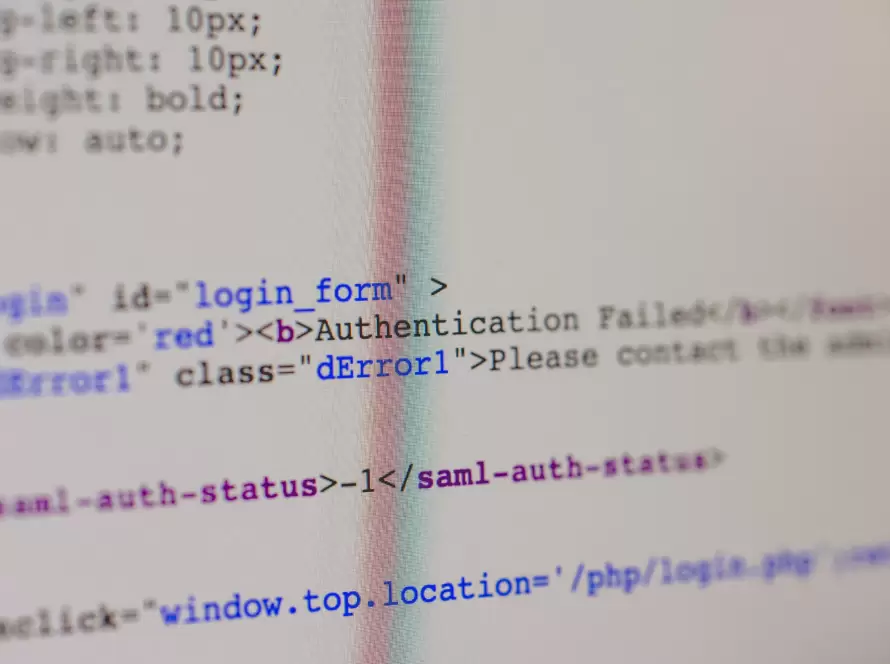Generated by Contentify AI

Model-View-Controller (MVC) is a popular software design pattern used in web development, and PHP Laravel is a framework that fully embraces this pattern. Understanding MVC is crucial for developers working with Laravel, as it provides an efficient way to structure and organize code. In this blog post, we will dive into the basics of MVC and explore how it is implemented in PHP Laravel.
At its core, MVC separates an application into three interconnected components: the Model, View, and Controller. The Model represents the data and business logic of the application, handling tasks such as retrieving and manipulating data from a database. The View is responsible for presenting data to the user, often in the form of HTML templates. Lastly, the Controller acts as an intermediary between the Model and the View, receiving requests from the user, processing them, and updating the necessary components.
In PHP Laravel, the Model-View-Controller pattern is implemented through a series of conventions and built-in functionalities. Laravel encourages developers to define their application’s models, views, and controllers in separate directories, making it easy to locate and modify specific components. The eloquent ORM (Object Relational Mapping) in Laravel simplifies the process of interacting with databases, allowing developers to define their models and establish relationships between them effortlessly.
Additionally, Laravel’s Blade template engine provides a seamless way to create dynamic, reusable views. With Blade, you can easily embed PHP code within your views, enhancing their functionality. Meanwhile, controllers in Laravel house the logic that handles incoming requests and coordinates the flow of information between the models and views. By writing concise and well-structured controllers, developers can keep their codebase organized and maintainable.
Understanding the Model-View-Controller pattern and its implementation in PHP Laravel is a valuable skill for developers looking to build robust and scalable web applications. By adopting this pattern, you can separate concerns, enhance code reusability, and increase the overall maintainability of your projects. Laravel’s support for MVC, coupled with its extensive documentation and community, makes it an excellent choice for developers looking to leverage this powerful design pattern in their PHP applications.


